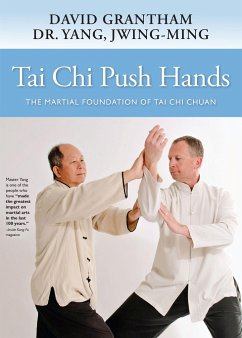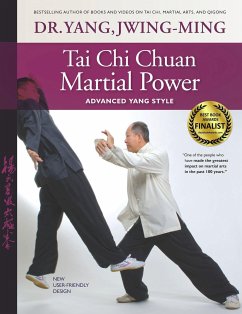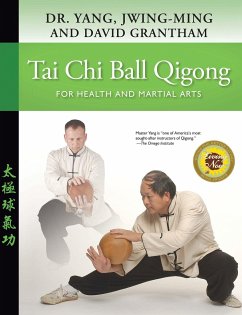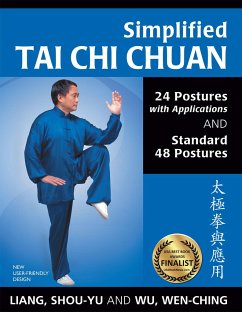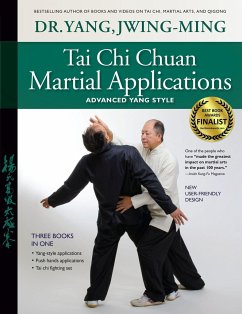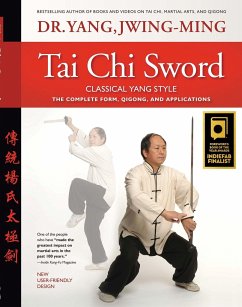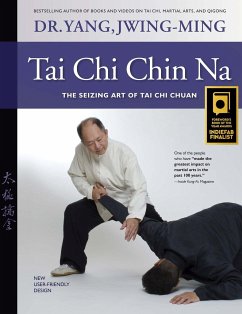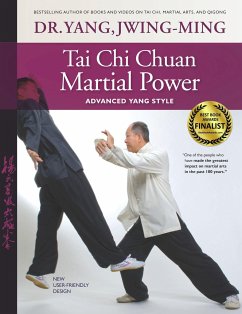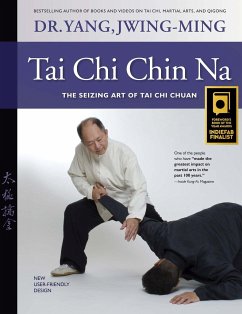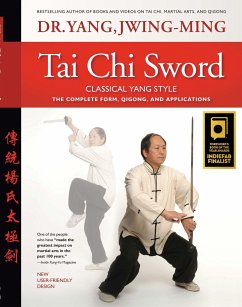
Tai CHI Concepts and Experiments
Hidden Strength, Natural Movement, and Timing
Versandkostenfrei!
Versandfertig in 2-4 Wochen
36,99 €
inkl. MwSt.
Weitere Ausgaben:

PAYBACK Punkte
18 °P sammeln!
This book clarifies and makes accessible critical aspects of the art that are currently understood and manifested by only a small number of high-level practitioners. Numerous step-by-step experiments are provided for readers to experience and perfect these critical tai chi aspects. This interdisciplinary book utilizes elementary physics, physiology, anatomy, psychology, and spirituality. It contains detailed analyses and explanations for achieving internal, expansive strength, known as nei jin, and for attaining optimal timing and natural movement.





